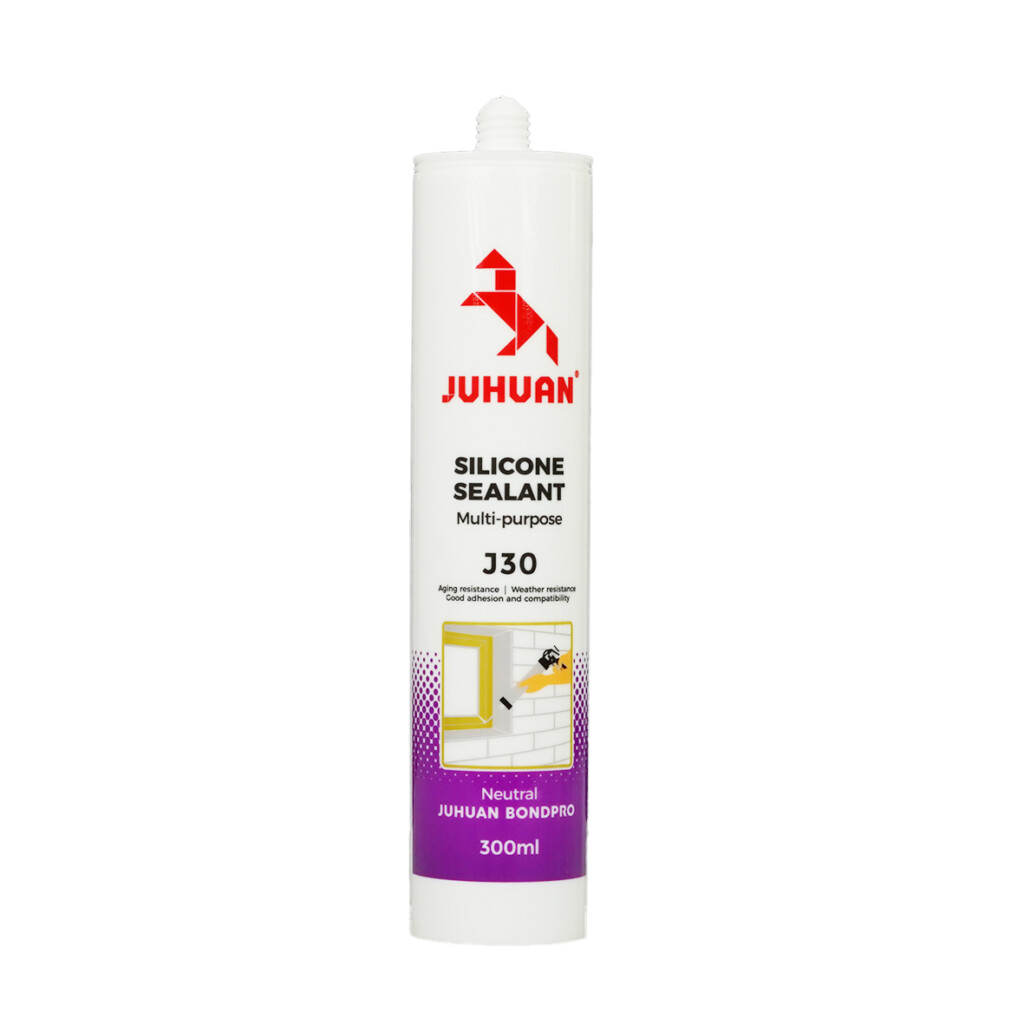Before you start working with marble glue on stone surfaces, it’s crucial to know what makes a good marble glue and how it interacts with different stone types. Not all marble glues are the same—some are designed for porous stones like travertine, while others work better on non-porous options like granite. The key here is to pick a marble glue that matches your stone’s properties, as this lays the foundation for strong bonding.
You should also check the glue’s curing time and strength rating. If you’re working on a high-traffic area, like a kitchen countertop, you’ll need a marble glue that can handle heavy use and resist stains. Taking a few minutes to understand these basics can save you from redoing the project later and ensure the bond lasts for years.
Proper surface preparation is one of the most overlooked steps when using marble glue, but it’s essential for achieving a strong bond. Start by cleaning the stone surface thoroughly—any dirt, dust, or grease will create a barrier between the glue and the stone, weakening the bond. Use a mild detergent and warm water to wipe down the area, then dry it completely with a clean cloth. For stubborn stains, you can use a stone-safe cleaner, but avoid harsh chemicals that might damage the stone.
Next, check the surface for any cracks or uneven spots. If there are small cracks, fill them with a small amount of marble glue before the main application to ensure a smooth, even bond. If the surface is uneven, gently sand it with fine-grit sandpaper to create a rough texture—this helps the marble glue adhere better. Remember, the smoother and cleaner the surface, the stronger the bond will be, so don’t rush this step.
Even the best marble glue won’t give you a strong bond if you apply it incorrectly. The first rule is to use the right amount of glue—too little, and the bond will be weak; too much, and the glue will squeeze out and leave a mess. A thin, even layer is usually enough—you can spread it with a small brush or a putty knife to ensure it covers the entire surface you’re bonding.
Once the glue is applied, press the two stone surfaces together firmly. Use clamps or heavy objects to hold them in place while the glue cures—this ensures constant pressure, which helps the glue set properly. Make sure the surfaces are aligned correctly before clamping, as adjusting them later can break the bond. Also, wipe off any excess glue immediately with a damp cloth, as dried glue is hard to remove and can ruin the stone’s appearance.
Curing time is another critical factor in achieving strong bonding with marble glue. Many people make the mistake of removing clamps or using the stone too soon, which can weaken the bond. Always follow the manufacturer’s instructions for curing time—some marble glues take a few hours to set, while others need 24 hours or more to reach full strength.
Avoid exposing the glued stone to water, heat, or heavy pressure during the curing period. Even small amounts of moisture can interfere with the glue’s setting process, so keep the area dry. If you’re working outdoors or in a humid environment, you might need to extend the curing time to ensure the bond is strong. Patience here pays off—waiting for the glue to fully cure will result in a bond that’s durable and long-lasting.
Achieving strong bonding with marble glue on stone surfaces doesn’t have to be complicated—it just requires understanding the basics of marble glue, preparing the surface properly, using the right application technique, and letting the glue cure fully. By following these steps, you can ensure that your stone projects have a bond that’s not only strong but also resistant to wear, stains, and moisture.
Whether you’re a homeowner working on a DIY stone project or a professional contractor, using high-quality marble glue and following these tips will help you get the best results. A strong bond means less maintenance, fewer repairs, and a stone surface that looks great and functions well for years to come. Investing time in doing the job right the first time is always worth it when it comes to marble glue and stone bonding.

